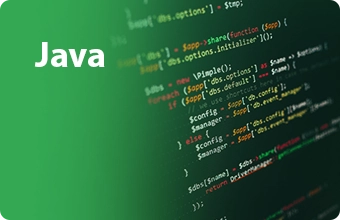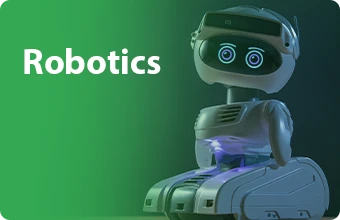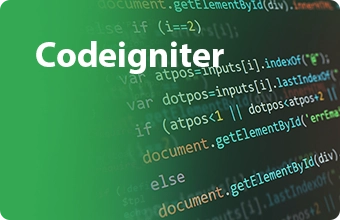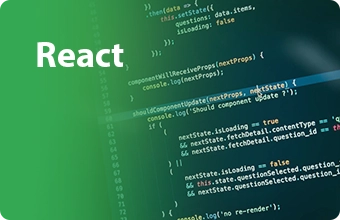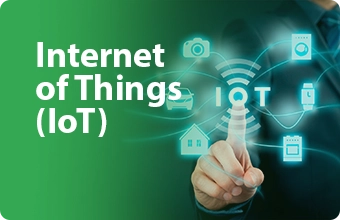Artificial Intelligence
Artificial Intelligence (AI) refers to the simulation of human intelligence in machines that are programmed to think and learn like humans. The goal of AI is to develop systems that can perform tasks that typically require human intelligence, such as visual perception, speech recognition, decision-making, and language translation.
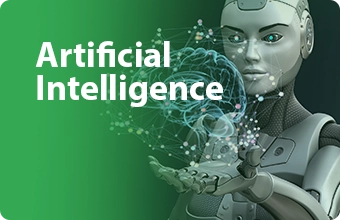
Artificial Intelligence Internship At Logiprompt Pro Academy
Welcome to Logiprompt Pro Academy, the corporate training institute in Trivandrum specializing in Artificial Intelligence internship. At our institute, we offer AI courses designed for professionals and students with the skills needed to succeed in today’s AI-driven world.
Artificial Intelligence Training Institute
As a leading Artificial Intelligence training institute in Kerala, Logiprompt Pro Academy stands out for its commitment to quality education and industry relevance. Our trainers are seasoned professionals with extensive experience in AI development and deployment across various sectors. They bring real-world insights and hands-on expertise to every training session, ensuring that our students gain practical skills.
Why Choose Logiprompt Pro Academy for AI Training?
Our AI internship program offers a unique opportunity for aspiring data scientists and machine learning to gain hands-on experience environment. Interns will have the chance to work on real-world projects, collaborate with experienced professionals,model building, and algorithm development. By participating in our program, interns will gain valuable insights into the field of AI and prepare themselves for rapidly growing industry.
In Thiruvananthapuram, Logiprompt Pro Academy stands as a beacon of excellence in Artificial Intelligence education. Our centrally located campus is easily accessible and equipped with modern amenities to support effective learning. Here, students not only gain technical proficiency in AI algorithms, machine learning, deep learning, and problem-solving skills
- Introduction
- What is Artificial Intelligence
- Why Artificial Intelligence and Machine Learning
- Types of Machine Learning
- Supervised learning – Classification and Regression
- Unsupervised Learning
- Reinforcement Learning
- Types of Machine Learning Problems
- Types of Data & Evaluation
- Modeling – Splitting Data, Tuning, Comparison
- Pandas: Data Analysis
- Pandas Introduction
- Series, Data Frames, and CSVs
- Data from URLs
- Describing Data with Pandas
- Selecting and Viewing Data with Pandas and Data Manipulation
- Practical Section: Data Manipulation with Pandas Exercises
- NumPy: Scientific Computing with Python
- NumPy Introduction
- NumPy DataTypes and Attributes
- Creating NumPy Arrays
- Operators in Numpy
- Practical Section: NumPy Exercises and Applications
- Matplotlib: Plotting & Data Visualization
- Matplotlib Introduction
- Importing And Using Matplotlib
- Data Visualizations
- Plotting From Pandas DataFrames and Exercise
- Regular Expressions
- Data Engineering
- Data Engineering Introduction
- What Is Data and Data Engineering
- Types Of Databases
- Deep Learning and Unstructured Data
- Visualizing Our Data
- Summarizing and Evaluating Model
- Neural Networks
- What is Neural Network and its use
- Natural Language Processing (NLP)
- Introduction to NLP
- Text preprocessing
- Text classification
- Named Entity Recognition (NER)
- Sentiment analysis
- Feature Engineering
- Importance of feature selection
- Techniques for creating new features
- Handling missing data
- Model Deployment and Productionisation
- Deploying models to production
- Model serving and APIs
- Monitoring and maintaining deployed models
- Advanced Neural Networks
- Convolutional Neural Networks (CNNs) for image data
- Recurrent Neural Networks (RNNs) for sequential data
- Transfer learning
- Time Series Analysis
- Introduction to time series data
- Time series forecasting
- Seasonality and trend analysis
- Big Data and AI
- Introduction to big data technologies (e.g., Hadoop, Spark)
- Distributed computing for machine learning
- Capstone Project
- Hands-on project to apply the knowledge gained throughout the course
- Guidance and mentorship for the capstone project
- Recent Advancements in AI
- Keeping up with the latest research and developments in AI
- Emerging trends and technologies
You May Like
Our thoughtfully designed internship programs provide a tailored and enriching experience for aspiring professionals.

